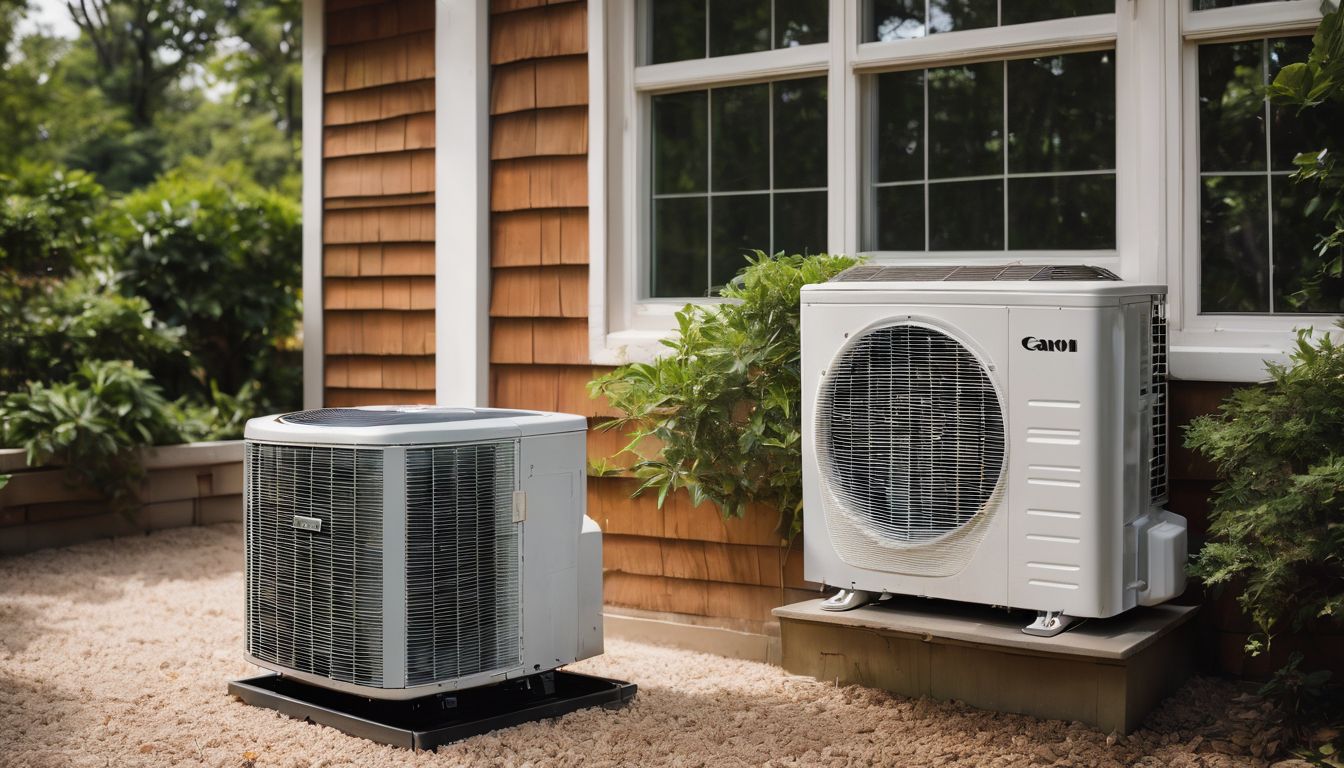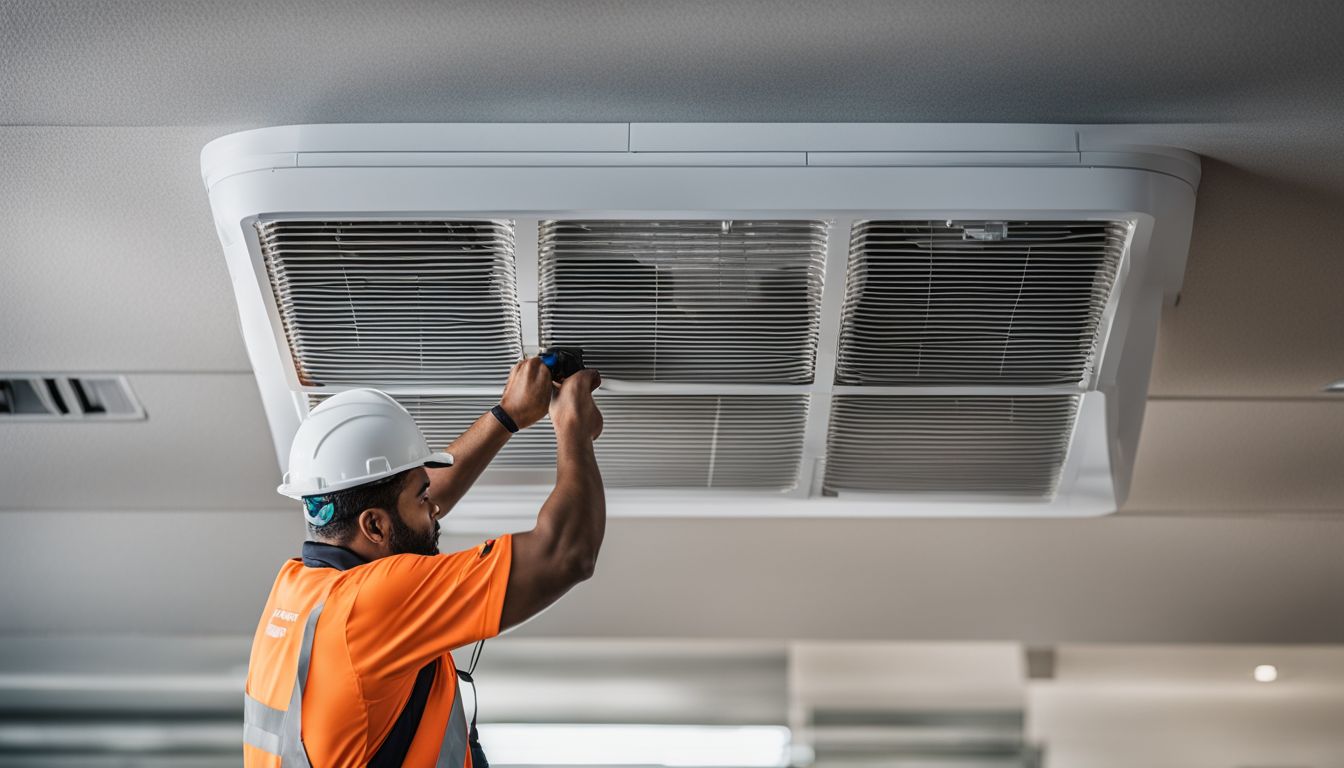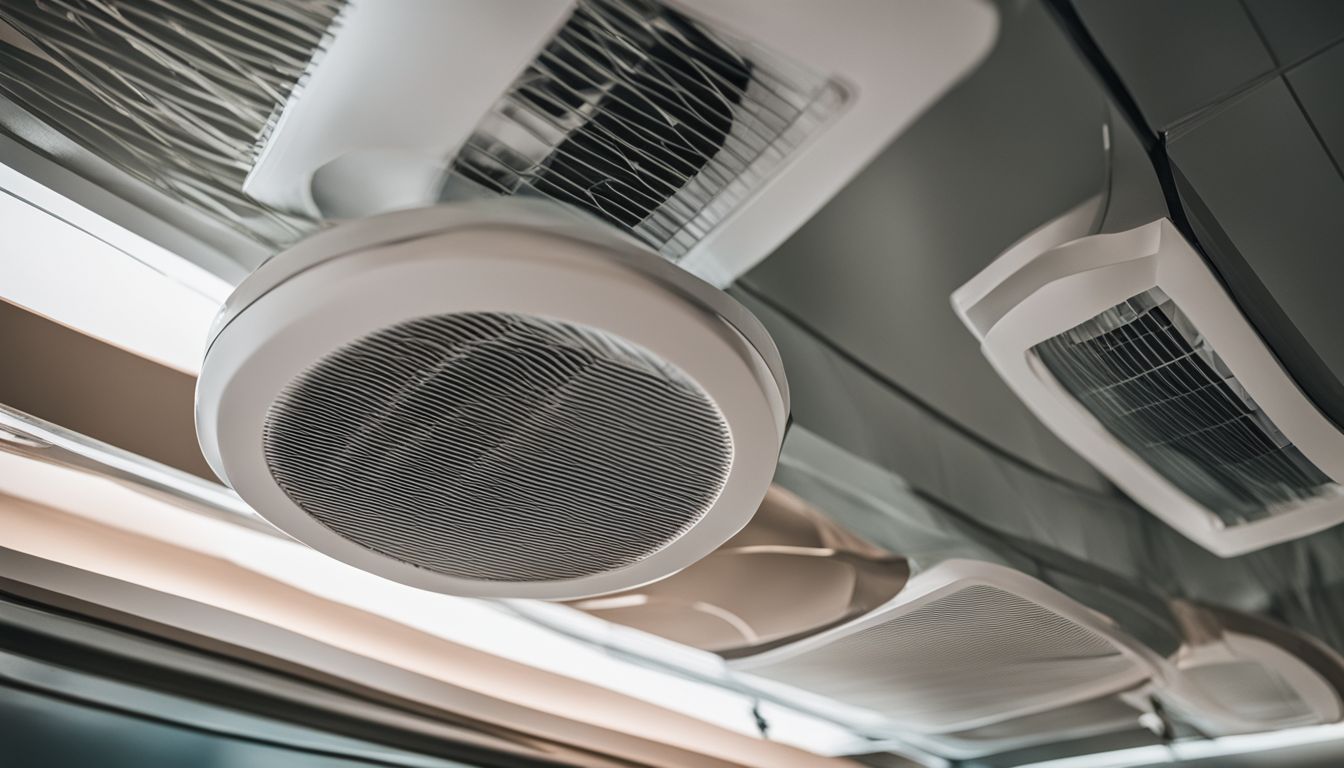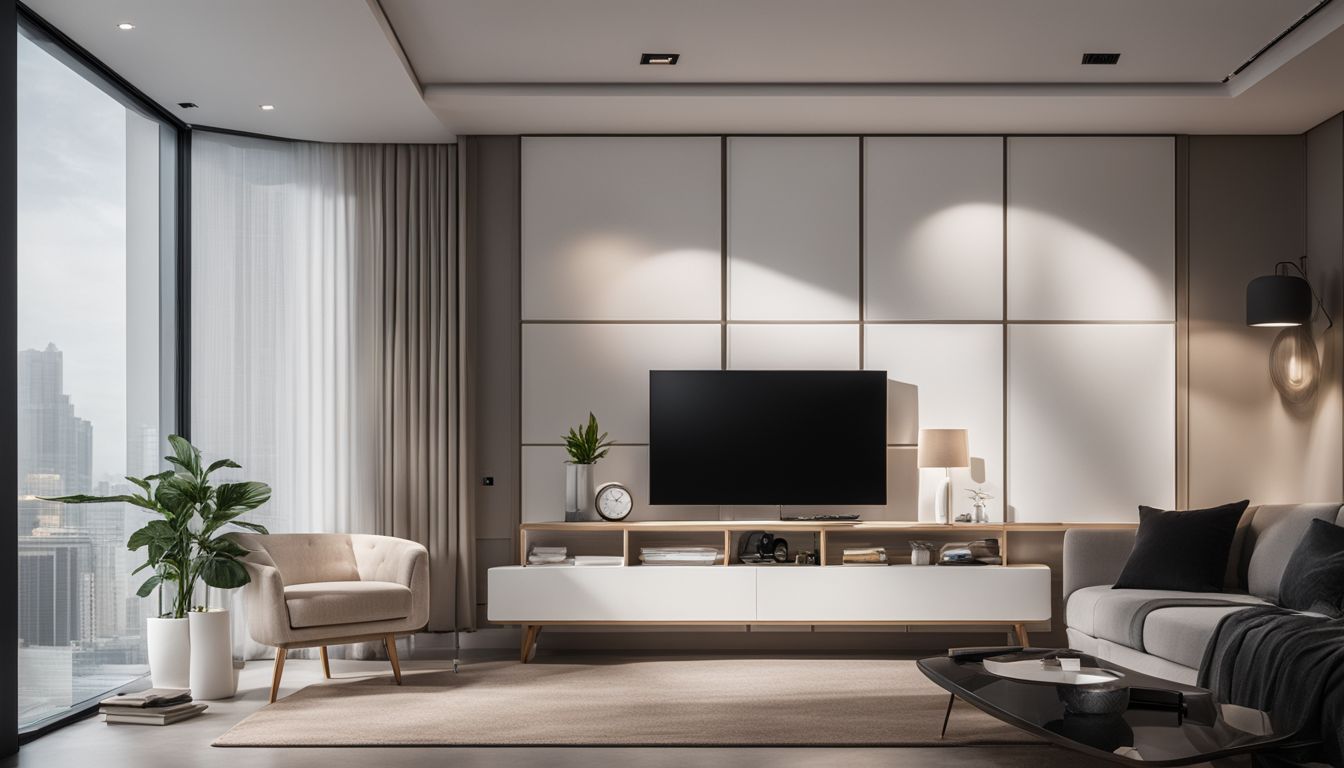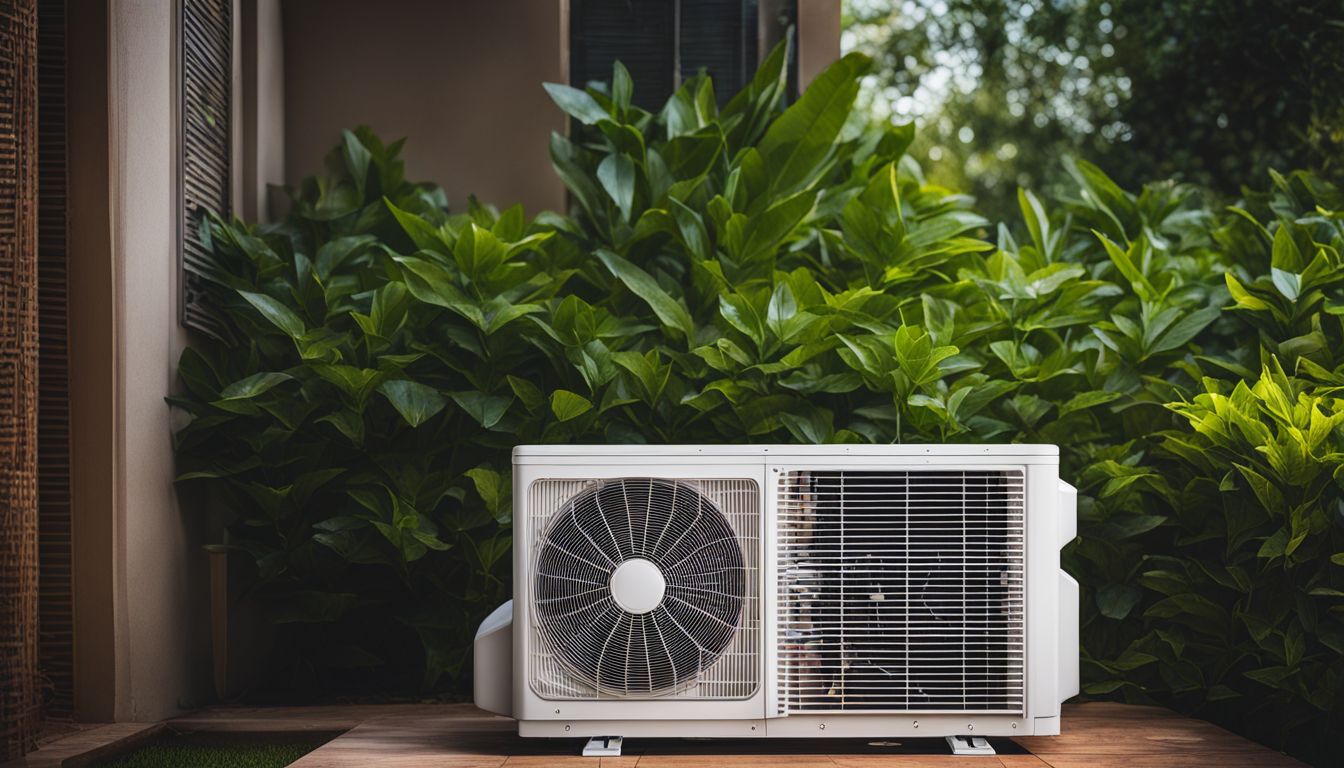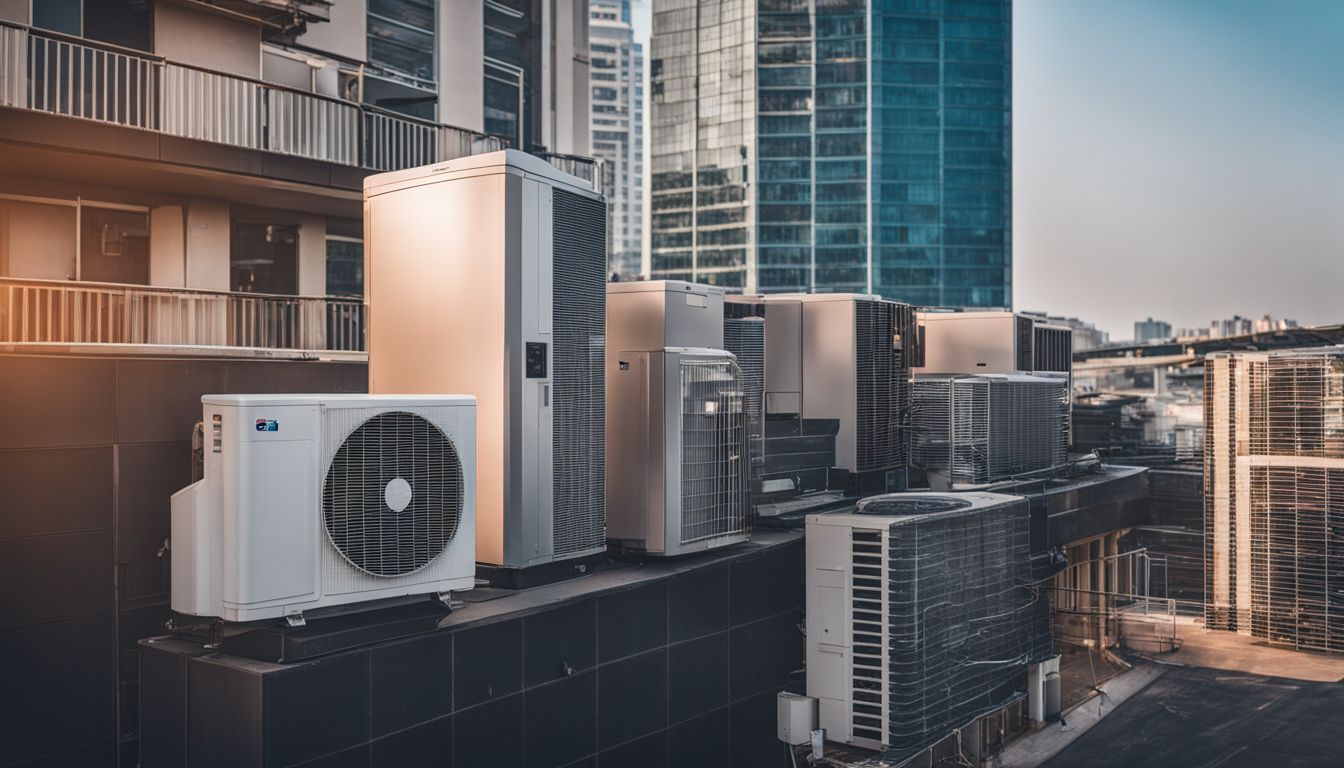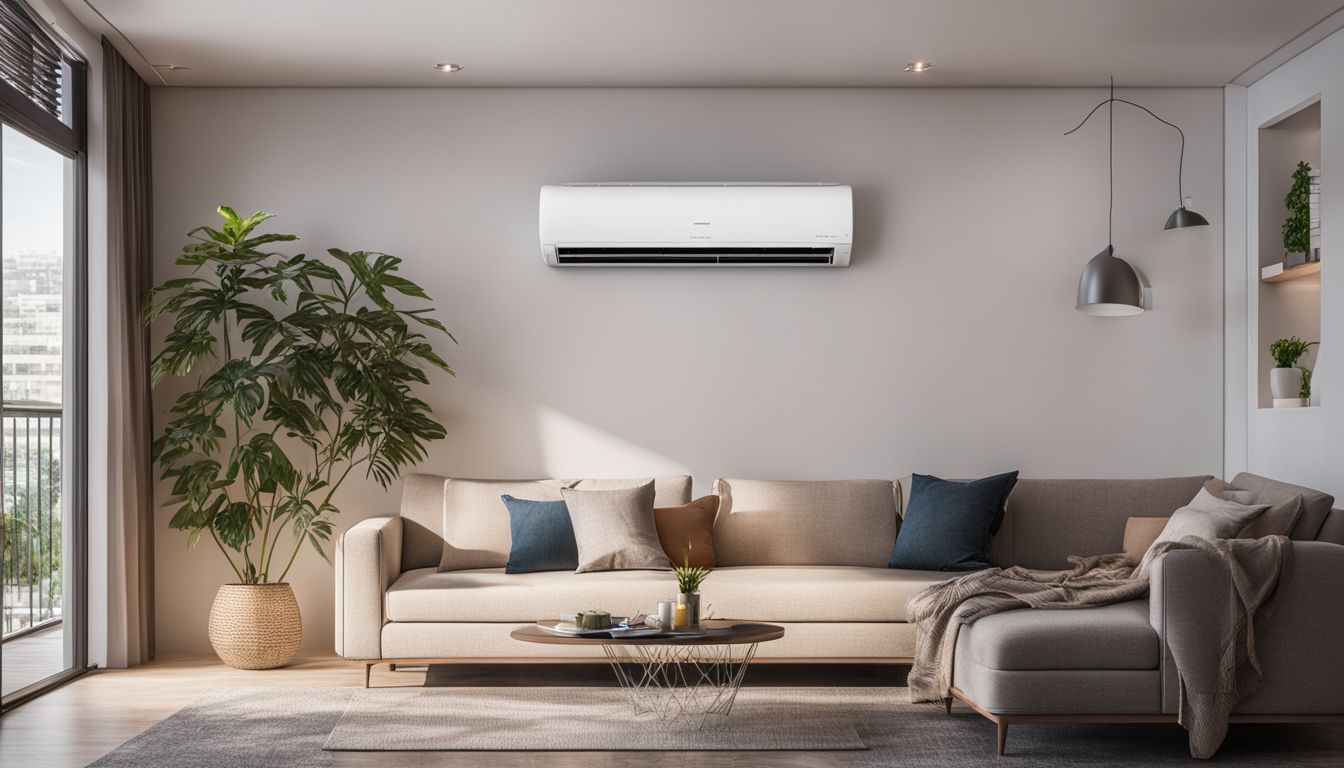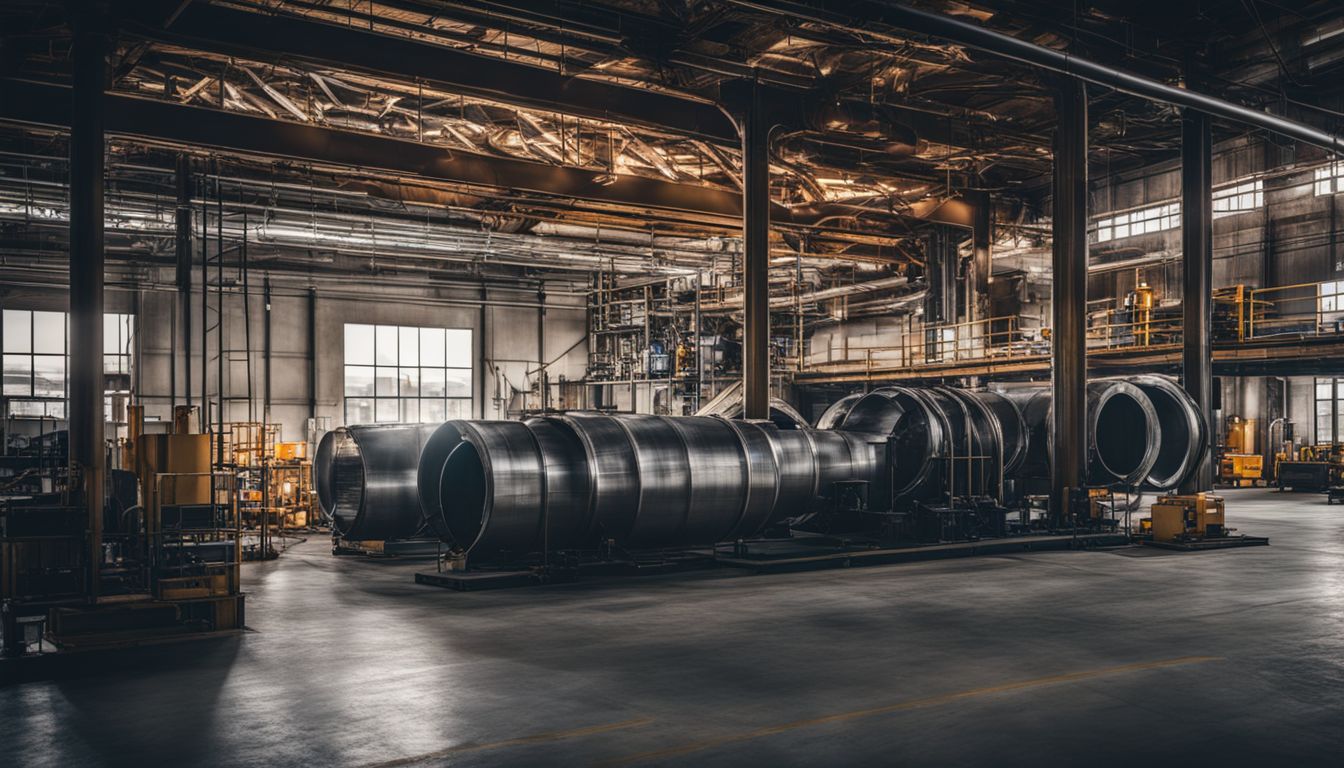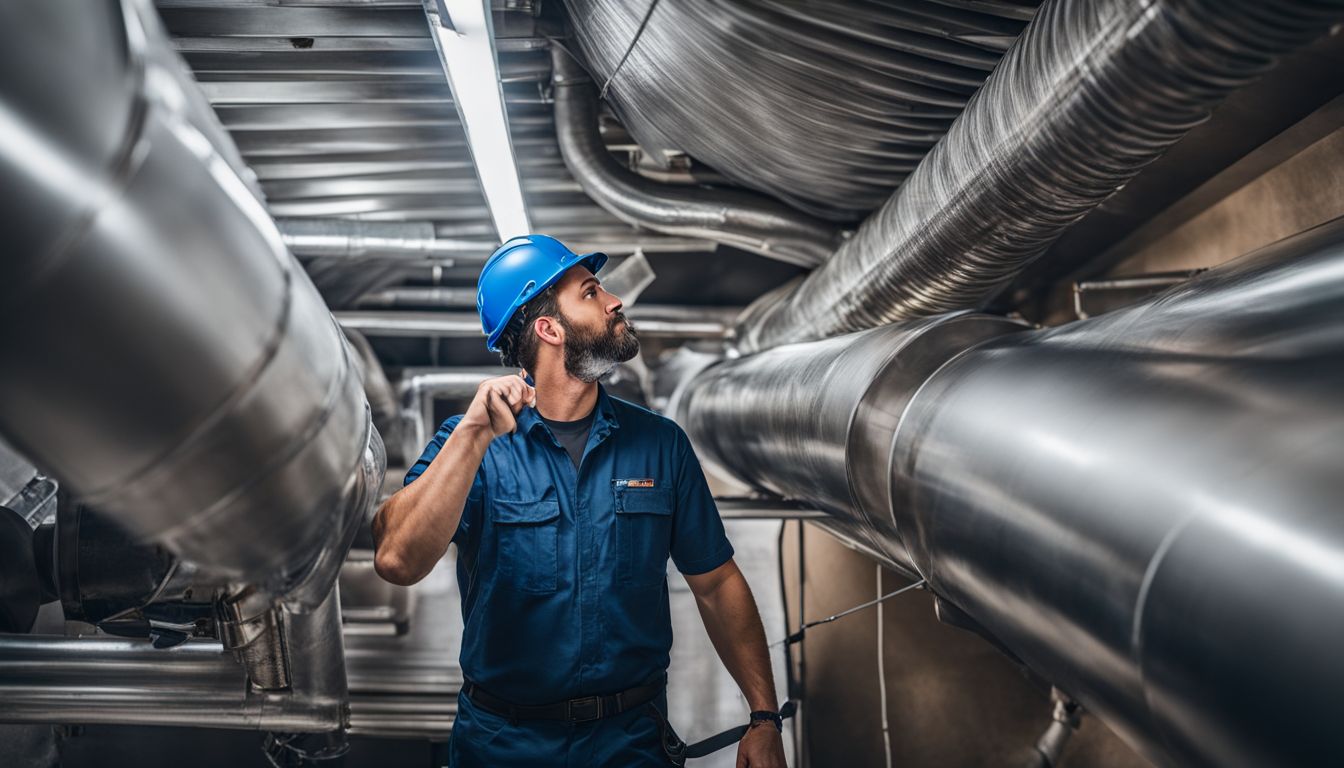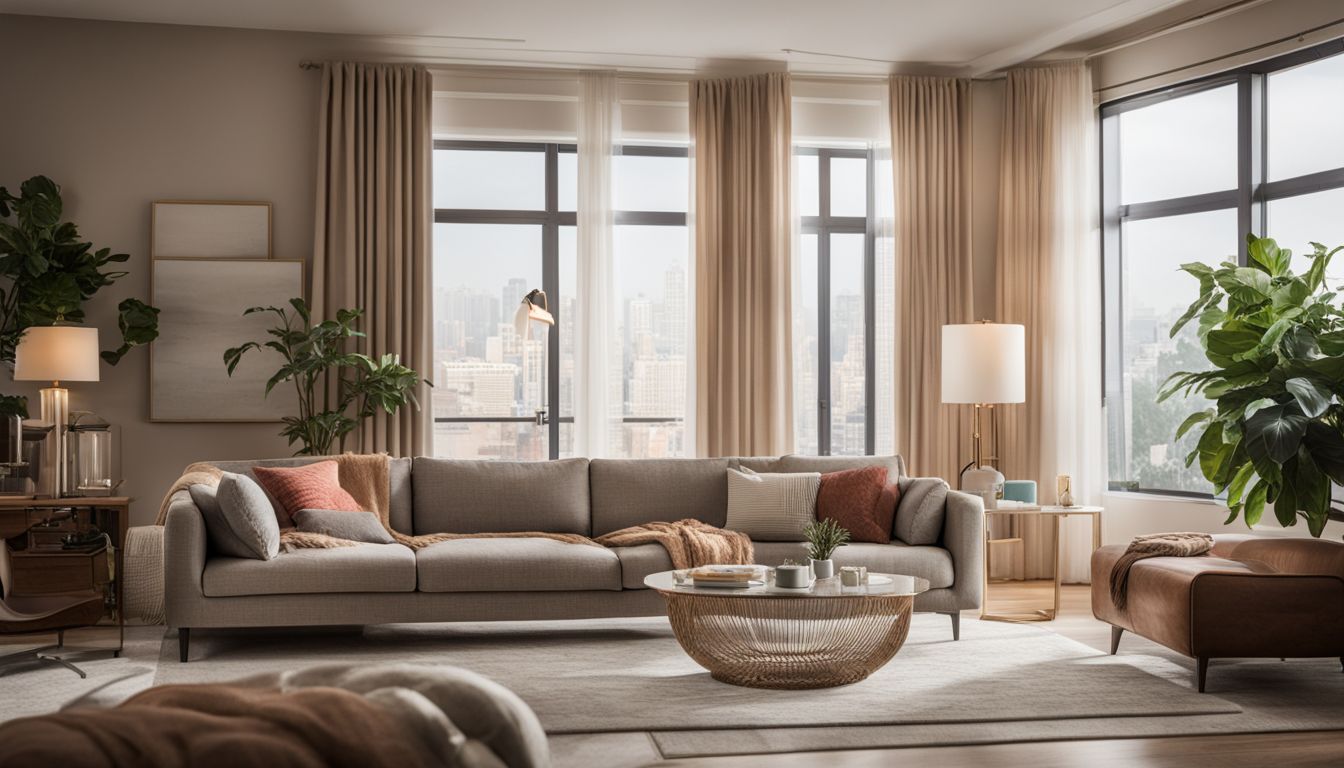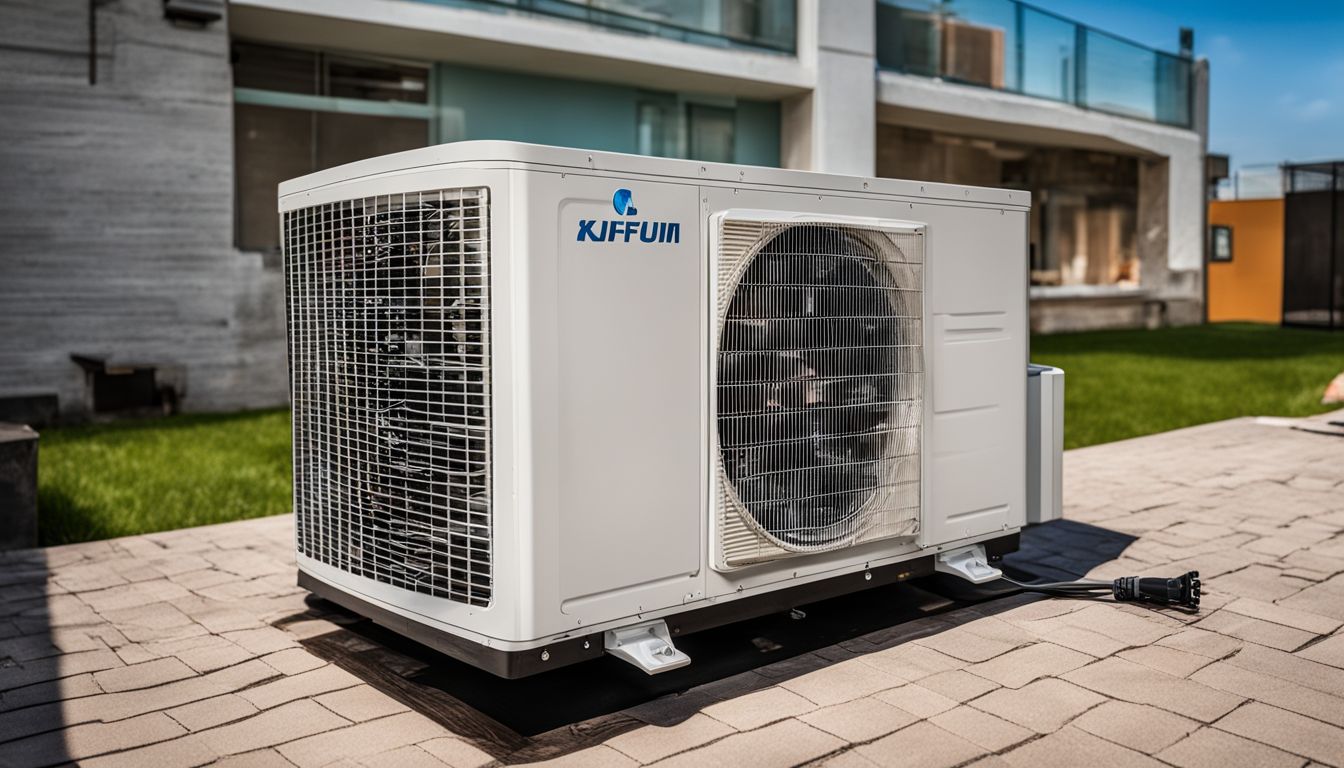Air conditioning, or aircon, is a system that cools down rooms. It’s important because it helps people stay comfortable and can even keep them healthy when it’s really hot outside.
The way an aircon works changes depending on where you put it and how your home is set up. For example, there are parts called diffusers that come in shapes like squares or circles, and they help spread cool air around a room.
Also, the outside part of an aircon needs to be put in the right spot so it can work well.
There are lots of things to think about when choosing an aircon for your house. You have to consider how big your rooms are and where things like furniture are placed. Also, different places on Earth might need different types of aircons because the weather isn’t the same everywhere.
Some experts make special rules for installing aircons based on whether you live in a hot place or somewhere with lots of wind. If you want your aircon to work its best, you should pick the right size and follow these rules carefully.
The pipes inside your walls that carry the cool air also matter a lot; if they’re not set up correctly, they won’t work properly. To learn more about this topic read our article!
Understanding Aircon Diffusers
Understanding Aircon Diffusers: Delve into the mechanics behind air conditioning diffusers, which are pivotal in managing airflow and maintaining consistent temperatures across different zones within a space.
Explore how their various designs and dimensions play a crucial role in enhancing the overall performance of your HVAC system.
The role of aircon diffusers in zoned areas
Aircon diffusers play a vital role in zoned areas. They help to control where and how air flows in different parts of a building. With the right diffuser layout, each zone gets the correct amount of cool or warm air.
This ensures everyone is comfortable.
They also help with energy efficiency. When zones have tailored air distribution, air conditioning units don’t work as hard. This can lead to lower energy consumption and savings on bills.
Working with experts helps us choose the best diffusers for our needs.
Different shapes and sizes of aircon diffusers
Aircon diffusers play a big role in heating, ventilation, and air conditioning systems. They control how cool or warm air spreads around a room. Here’s what you need to know about their various shapes and sizes:
- Square diffusers are common and blend well with most ceiling tiles.
- Circular diffusers can direct airflow more precisely than other shapes.
- Rectangular diffusers often fit best in long, narrow spaces.
- Linear slot diffusers have slim openings that send air out in different directions.
Influence of Outdoor Unit Arrangement on Aircon Performance
The arrangement of the outdoor unit can significantly affect the efficiency and effectiveness of an air conditioning system. Proper placement, considering factors such as orientation, shading, and distance from obstructions, is crucial for optimal aircon performance and ensuring a comfortable indoor environment.
Impact of different placements: T-shaped, I-shaped, and L-shaped
Aircon units work best when they’re placed right. How you arrange the outdoor part can affect the whole system.
- T-shaped Placement:
- This layout is often used in buildings with a central hallway or path.
- It allows for equal distribution of air on both sides of the T.
- However, it might be hard to implement if space is limited.
- I-shaped Placement:
- This design suits narrow and long spaces well.
- Air travels in a straight line, which can be efficient for such layouts.
- But if rooms are off to the sides, they might not get enough cool air.
- L-shaped Placement:
- Perfect for corner buildings or homes with L – shaped designs.
- It helps deliver air to areas that might otherwise be tricky to reach.
- One downside could be uneven cooling if not planned correctly.
Factors to Consider When Buying an Aircon for Optimal Location Performance
- Look at the room size: A larger room needs a more powerful aircon to cool or heat it effectively.
- Check ceiling height: High ceilings require air conditioners with higher capacity to maintain thermal comfort.
- Consider room shape: Oddly shaped rooms might need additional fans or a specific type of aircon for even distribution of air.
- Think about insulation: Good insulation reduces energy demand and helps maintain the desired temperature with less effort from the aircon.
- Assess natural ventilation: Rooms with more windows or natural airflow may require different cooling capacities.
- Review building materials: The type of materials used in your home affects how quickly it heats up or cools down.
- Examine sunlight exposure: Spaces with lots of sunlight need an aircon that can combat increased heat throughout the day.
- Account for humidity levels: In humid areas, look for an air conditioner that also dehumidifies to ensure comfort.
- Factor in ductwork state: Old or leaking ducts can hinder performance; consider duct sealing for better efficiency.
- Calculate energy efficiency: Choose an energy-efficient model to save on electricity bills and reduce global warming impact.
https://www.youtube.com/watch?v=X-b0-b6zLUk
The Role of Ductwork in Airflow
The intricate design of HVAC ductwork plays a pivotal role in determining the efficiency with which air circulates throughout your home or workplace. Any miscalculations in airflow velocity, air pressure, and duct pressure losses can lead to significant issues ranging from uneven temperature distribution to increased energy consumption.
Factors affecting airflow velocity, air pressure, and duct pressure losses
- Shape and size of diffusers: Aircon diffusers come in different shapes and sizes. A large room needs a big diffuser to move enough air. Small rooms can use smaller ones.
- Area size: The bigger the area, the more air pressure you need. This means larger ducts or more powerful fans are required.
- Ceiling height: High ceilings mean air has to travel further up. This can reduce airflow velocity if not designed correctly.
- Diffuser placement: Where you put your diffusers affects how air flows. They should be placed for even distribution of air.
- Duct layout: Twists and turns in ductwork slow down the air. Straight runs help maintain airflow velocity and reduce pressure losses.
- Obstructions: Furniture or curtains near diffusers block airflow. Keep these areas clear for better air movement.
- Duct condition: Leaks or damage in ducts let out cold or warm air before it reaches rooms. Good maintenance ensures efficient airflow.
- Fan power: Fans push the air through the system. They must be strong enough to handle the needed airflow for your space.
- Filters: Dirty filters block airflow and make systems work harder, reducing velocity and increasing pressure loss.
The Effect of Room Layout on Aircon Placement
The strategic positioning of your air conditioner is crucial, as room layout, from furniture placement to the dimensions and configuration of space, significantly influences cooling efficiency—discover how these factors come into play for comfort and energy savings.
Influence of furniture layout, room size and shape
Furniture layout, room size, and shape greatly affect aircon placement and performance. Aircon diffusers must be set up to work well in the space they serve. Here are some key points to keep in mind:
- Position aircon units away from large furniture that can block airflow, like bookcases or sofas.
- Ensure diffusers are spread out evenly in large rooms for consistent temperature control.
- Avoid placing air – conditioning units directly above electronics which can heat up and interfere with cooling.
- Use smaller diffusers for small rooms and larger ones for high ceilings to match airflow needs.
- Arrange furniture to allow for unobstructed air movement, helping maintain even temperatures throughout the room.
- Consider room shape when positioning diffusers; irregular shapes may require strategic placement to avoid hot spots.
- Ensure blinds or curtains don’t cover air vents to prevent cold air from getting trapped against windows.
Conclusion
Understanding your aircon’s performance means paying attention to where it sits. Both indoor and outdoor spaces matter a lot. The right diffusers and ductwork help the air flow better through your rooms.
Keep in mind the size, shape, and layout of each area when placing units. Good placement ensures your heating and cooling work at their best all year round.
For an in-depth guide on selecting the right air conditioning unit, be sure to read our article on the factors to consider when purchasing an aircon.
FAQs
1. Why does the location of your air conditioner matter?
The location affects how well your air conditioner can do its job. If it’s in a bad spot, like a hot attic or cramped crawlspace, it might not cool your home as efficiently.
2. How can I make sure my aircon performs best?
Place your unit where there is good airflow and away from direct sunlight or heat sources. Keep air ducts clear and consider energy-efficient building materials that help maintain indoor temperatures.
3. What if I live in an area with high humidity?
If you have lots of moisture in the air, choose an HVAC system with a dehumidifier function to keep your home comfortable and protect against mold growth.
4. Can skylights impact my heating and ventilation system’s performance?
Yes! Skylights bring natural light but they can also let in extra heat; so you might need to balance daylighting with how hard your AC needs to work to keep rooms cool.
5. Will better insulation improve my split system air conditioner’s efficiency?
Absolutely! Insulation helps maintain temperatures inside, meaning less work for both heating and cooling systems – it could even lead to savings on bills!
6. What is stack ventilation and how does it affect my home’s climate control?
Stack ventilation uses natural wind and temperature differences between indoor and outdoor spaces to move air through buildings naturally – no artificial lights or machines needed! It provides fresh air without straining the HVAC system.

